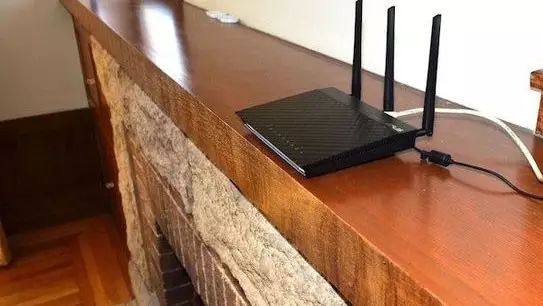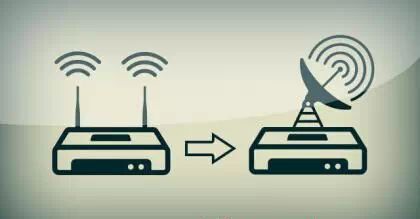Slow internet speed has become one of the most frequent topics of complaints received by broadband service providers. Research shows that most consumers currently experience Wi-Fi speeds that are only about 50% of their router’s bandwidth limit.

Wi-Fi signals are affected by six major factors
The reason Wi-Fi speeds do not meet expectations is related to these six factors.

1Wi-Fi Signal Congestion
When users access the internet via Wi-Fi, it is similar to tuning into a radio station, using a fixed frequency wireless band. Therefore, the number of similar signal transmitting and receiving devices in the surrounding area significantly impacts the Wi-Fi experience.
”If you live in a central apartment building in the city, and there are hundreds of wireless networks within that building, this is almost the worst Wi-Fi usage environment.”

Even if your phone shows full Wi-Fi signal bars, the actual Wi-Fi signal may still be very slow, and devices such as mobile phones, cordless phones, microwaves, Bluetooth devices, and even wireless baby monitors can all affect Wi-Fi signal quality.
2Devices Cannot Simultaneously Send and Receive Data
Since Wi-Fi signals cannot send and receive data simultaneously, this network access method tends to produce more data latency compared to other methods. Additionally, many people using the same Wi-Fi channel simultaneously can greatly affect the Wi-Fi signal strength.
Moreover, if you are in an area with abundant network signals, your router will continuously search for the best network channel, which can also cause network latency, and this is not an issue that broadband service providers can resolve.

3Inherent Limitations
No matter how much Wi-Fi technology improves in the future, wireless connections will still struggle to surpass the current wired internet access models.Wi-Fi will not completely replace wired internet connections; it is simply a more convenient networking solution.

4Background Processes
If the Wi-Fi speed does not improve after ruling out all the above factors, it might be worth checking if your software is automatically syncing data and photos, as this can greatly impact your Wi-Fi speed. Additionally, since these applications often run silently in the background, many users may not even remember their existence.

5Router Placement
The placement of your wireless router has a significant impact on signal strength. For example, if you place the router next to a concrete wall, its signal strength will be greatly reduced. Ideally, the best placement for the router is in the center of the room on the ceiling (of course, many consumers do not have such conditions).

6Differences in Connected Devices
If your iPhone 4’s Wi-Fi connection speed is not as fast as that of an iPhone X, do not be surprised, as the Wi-Fi connection speed is also greatly related to the processing speed of the connected devices.

Four Suggestions: Strengthen Your Wi-Fi Signal
1. Upgrade your router to one that supports dual-band frequencies of 2.4GHz and 5GHz. However, it should be noted that the 5GHz frequency has poorer wall penetration compared to 2.4GHz, and many older devices do not support this Wi-Fi frequency.
2. Use a channel scanner to check the Wi-Fi channel usage in your area, and then select a less congested channel for use.
3. If you have an idle wireless router, consider using it to extend or amplify the indoor Wi-Fi signal strength.
4. If your router has options for high power and low power usage, typically the low power setting will provide better Wi-Fi signal strength.
Source: Practical Life Tips (ID: jueqiao88), compiled from CCTV Finance (ID: cctvyscj)
Editor-in-Chief: Sun Aidong
Editor: Jiao Chanyuan